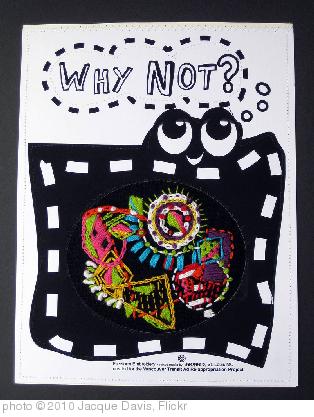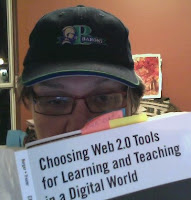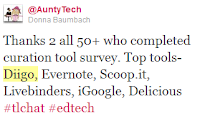 |
| Skype photo capture |
I was able to convince her to download the Diigo toolbar and join Diigo in order to save her bookmarks where they would be available anywhere and anytime no matter what condition her personal computer was in.
After adding the Diigo toolbar to her Internet Explorer browser we used the bookmarking feature to save Twitter to her Diigo Library as well as a course site for school. She experimented with highlighting text, capturing images and pages and deleting unwanted results.
We created a private unsearchable group to store her bookmarks and then she started a search for other groups she might like to join. The Music category attracted her and I suggested she browse for groups with larger numbers of members and recent activity.
Her next step was to download and install Firefox and add Diigo to that browser as well. She seemed pleased with the results and expressed interest in my suggestion to use Diigo to coordinate group research assignments.
This took less than 50 minutes on Skype including time spent with family visiting, waiting for pages to load and downloading Diigo and Firefox.


































